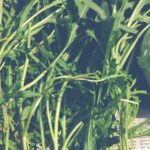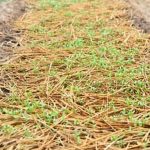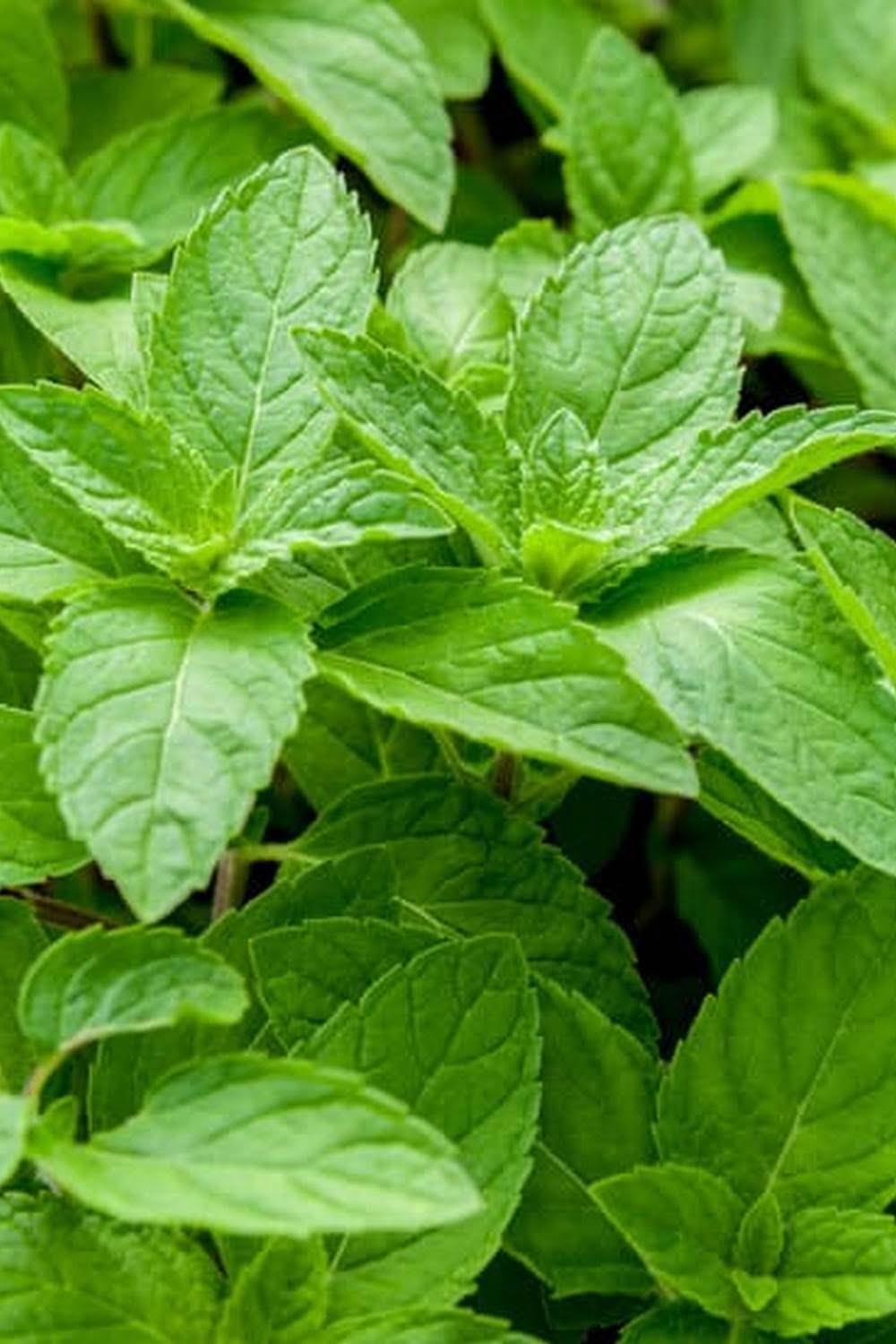Is weed control fabric safe for vegetable gardens? Many gardeners wonder about the safety of using this type of fabric for weed management in their vegetable patches. Before delving into the advantages and disadvantages, it’s important to understand what exactly weed control fabric is and its purpose in gardening.
Weed control fabric, also known as landscape fabric or weed barrier, is a material designed to suppress the growth of weeds by blocking out sunlight and creating a barrier for weed seeds. This non-toxic material is commonly used in landscaping and gardening to reduce the need for regular weeding and to conserve water by reducing evaporation from the soil.
One of the main advantages of using weed control fabric in vegetable gardens is its ability to effectively suppress weed growth, which can save gardeners time and effort in managing unwanted plants. Additionally, it helps retain soil moisture, prevent erosion, and maintain soil temperature, all of which contribute to healthy plant growth. However, there are also potential drawbacks and concerns associated with using this type of fabric in vegetable gardens.
Advantages of Using Weed Control Fabric in Vegetable Gardens
Weed control fabric, also known as landscape fabric or weed barrier, is a material designed to suppress the growth of weeds in gardens and landscaping. In vegetable gardens, weed control fabric can be an effective tool for minimizing the need for manual weeding and reducing competition for water and nutrients.
One of the main advantages of using this fabric is its ability to create a physical barrier that inhibits the growth of unwanted plants, allowing vegetable crops to thrive without interference.
Additionally, by preventing the growth of weeds, weed control fabric can help conserve moisture in the soil, reduce erosion, and maintain a more uniform temperature around the plant roots. This can be particularly beneficial for vegetable gardens in areas with hot summers or inconsistent rainfall. Furthermore, using weed control fabric can save gardeners time and effort by decreasing the need for frequent weeding, ultimately making vegetable gardening more manageable and enjoyable.
Moreover, when properly installed and maintained, weed control fabric can contribute to healthier plants and higher yields in vegetable gardens. By minimizing competition from weeds, vegetables are able to access essential nutrients and resources more easily, leading to improved growth and productivity. Overall, the use of weed control fabric in vegetable gardens offers several advantages that make it an appealing option for many gardeners looking to manage weed growth effectively.
Disadvantages of Using Weed Control Fabric in Vegetable Gardens
There are several disadvantages to using weed control fabric in vegetable gardens that should be considered before deciding to implement this method. One major drawback is that while weed control fabric does a good job of preventing the growth of weeds, it can also hinder the growth of desirable plants. This is especially true for vegetable gardens, where the fabric may prevent young seedlings from emerging or restrict the root development of larger plants.
Another disadvantage of weed control fabric is its non-biodegradable nature. Most weed control fabrics are made from synthetic materials such as polypropylene, which means they will not break down naturally over time. This can lead to environmental concerns, as well as long-term issues with soil health and fertility.
Furthermore, weed control fabric can create a barrier between the soil and the atmosphere, leading to poor air and water circulation. This can affect the overall health of the garden by restricting oxygen and nutrient exchange, potentially causing root rot and other plant diseases.
| Disadvantages | Impact |
|---|---|
| Hindering plant growth | Limited growth for desirables plants like vegetables |
| Non-biodegradable nature | Environmental concerns and soil health issues |
| Poor air and water circulation | Risk of root rot and plant diseases |
Alternatives to Weed Control Fabric for Weed Management in Vegetable Gardens
There are several alternatives to using weed control fabric in vegetable gardens, providing different methods for managing weeds without relying on the use of fabric. Some of these alternatives include:
- Manual weeding: This method involves physically removing weeds by hand or using hand tools such as hoes or weeders to uproot the unwanted plants.
- Mulching: Applying a layer of organic mulch such as straw, wood chips, or compost can help suppress weed growth by blocking sunlight and preventing weed seeds from germinating.
- Crop rotation: Rotating crops in different areas of the garden from year to year can help reduce the buildup of specific weed species that are associated with particular crops.
Each of these alternatives has its own advantages and limitations, but when used appropriately, they can effectively manage weeds in vegetable gardens without the need for weed control fabric. It is important to carefully consider the specific needs and characteristics of your vegetable garden when choosing which alternative methods to implement in order to maintain a healthy and productive growing environment.
Additionally, integrating multiple weed management strategies into your gardening practices can provide comprehensive control over unwanted plant growth while minimizing reliance on any single method. By utilizing a combination of manual weeding, mulching, crop rotation, and other alternative approaches, you can create a balanced system that promotes plant health and productivity while reducing the impact of weeds on your vegetable garden.
Testing the Safety of Weed Control Fabric for Vegetable Gardens
Chemical Composition Analysis
Weed control fabric is generally made from synthetic materials such as polypropylene or polyester. It is important to conduct a chemical composition analysis of the fabric to ensure that it does not contain any harmful substances that can leach into the soil and affect the vegetables. Testing for chemicals like BPA, phthalates, and heavy metals should be part of the safety assessment.
Soil Microbial Activity Testing
Another aspect of testing the safety of weed control fabric for vegetable gardens involves analyzing its impact on soil microbial activity. The fabric should not impede the natural processes in the soil that are essential for plant growth and nutrient uptake. Conducting tests to measure microbial biomass, enzyme activity, and nutrient cycling can provide valuable insights into how the fabric may affect the overall health of the garden soil.
Long-Term Field Studies
To truly understand the safety implications of using weed control fabric in vegetable gardens, long-term field studies are necessary. These studies can assess how the fabric affects crop yield, plant health, and soil quality over multiple growing seasons. By monitoring parameters such as water infiltration, temperature regulation, and weed suppression over time, researchers can gather data to make informed recommendations about the safe use of weed control fabric in vegetable gardens.
Potential Risks and Concerns of Using Weed Control Fabric in Vegetable Gardens
Weed control fabric, also known as landscape fabric or garden fabric, is a material used in gardening to suppress the growth of weeds. It works by blocking the sunlight and preventing weed seeds from germinating. While it can be an effective tool for maintaining a weed-free vegetable garden, there are potential risks and concerns associated with its use.
Some potential risks and concerns of using weed control fabric in vegetable gardens include:
1. Soil Compaction: When not properly installed or maintained, weed control fabric can lead to soil compaction, restricting the flow of water, air, and nutrients to the plants’ roots.
2. Restricted Plant Growth: The barrier created by the fabric may inhibit the natural expansion of plant roots and prevent them from accessing necessary resources in the soil.
3. Chemical leaching: Some types of weed control fabrics are treated with chemicals to enhance their effectiveness. These chemicals may leach into the soil over time and potentially harm vegetable plants.
To address these potential risks and concerns when using weed control fabric in vegetable gardens, gardeners can take certain precautions and considerations:
– Use high-quality, biodegradable weed control fabric that allows air, water, and nutrients to pass through while still blocking weeds.
– Properly install and maintain the fabric by securing it with mulch or rocks to prevent shifting and tearing.
– Regularly check for signs of soil compaction or restricted plant growth and make adjustments as needed.
By being mindful of these potential risks and concerns and taking appropriate measures to mitigate them, gardeners can use weed control fabric safely in their vegetable gardens while reaping its benefits in managing weeds effectively.
Recommendations for Using Weed Control Fabric Safely in Vegetable Gardens
Proper Installation and Maintenance
When using weed control fabric in vegetable gardens, it is important to ensure that it is properly installed and maintained. To install the fabric, first remove any existing weeds and debris from the area. Then lay the fabric over the soil, securing it with landscaping pins or stakes to prevent shifting. It is also essential to regularly check for any tears or punctures in the fabric and promptly repair them to maintain its effectiveness.
Selection of Fabric Material
When choosing a weed control fabric for vegetable gardens, opt for a material that allows water, air, and nutrients to pass through to the soil. This will ensure that your plants receive the necessary elements for growth while still preventing weed growth. Additionally, look for a UV-resistant fabric to withstand prolonged exposure to sunlight without degrading.
Proper Plant Spacing
To use weed control fabric safely in vegetable gardens, it is crucial to plan and space out your plants accordingly. Ensure that there are sufficient gaps or openings in the fabric where you can plant your vegetables. This will allow for proper growth and prevent overcrowding, which can lead to moisture retention and disease issues.
By following these recommendations, gardeners can use weed control fabric safely in their vegetable gardens while effectively managing weeds and promoting healthy plant growth.
Conclusion
In conclusion, when considering the use of weed control fabric in vegetable gardens, it is essential to weigh the advantages and disadvantages. While weed control fabric can effectively reduce weed growth, retain soil moisture, and regulate soil temperature, there are also potential risks and concerns associated with its usage. Additionally, alternatives such as mulching, hand weeding, and using organic herbicides offer safe and natural methods for managing weeds in vegetable gardens.
Ultimately, whether weed control fabric is safe for vegetable gardens depends on factors such as proper installation, material composition, and careful consideration of potential risks. It is important for gardeners to thoroughly research and test the safety of weed control fabric before use, taking into account any potential harm to soil health or crop quality.
In summary, while weed control fabric can provide effective weed management in vegetable gardens, making an informed decision about its usage involves considering its advantages and disadvantages, exploring alternative methods of weed management, testing its safety in specific gardening contexts, and following recommendations for safe installation and usage. By carefully weighing these factors, gardeners can determine whether weed control fabric is a suitable option for their vegetable gardens.
Frequently Asked Questions
Can I Use Weed Control Fabric in Vegetable Garden?
Using weed control fabric in a vegetable garden can be beneficial for preventing weed growth and reducing the need for excessive weeding. However, it’s important to choose a fabric that allows water and nutrients to pass through to the soil, as well as one that is safe for use around edible plants.
Additionally, proper installation and maintenance of the fabric are crucial to ensure its effectiveness in a vegetable garden.
Is Landscape Fabric Toxic to Garden?
Landscape fabric itself is not inherently toxic to gardens, but some types may contain chemicals or residues that could potentially leach into the soil over time. This can be a concern when using landscape fabric in vegetable gardens, as these chemicals may impact the safety of edible produce.
It’s essential to research and select a non-toxic weed barrier fabric that is specifically designed for use in gardens, especially those containing edible plants.
What Is the Best Weed Barrier Fabric for Vegetable Gardens?
The best weed barrier fabric for vegetable gardens should offer durable weed suppression while still allowing water, air, and nutrients to reach the soil and plant roots. Additionally, it should not contain any harmful chemicals or toxins that could compromise the safety of edible crops.
When selecting a weed barrier fabric for a vegetable garden, it’s important to prioritize these factors over simple weed prevention alone, ensuring that the fabric supports healthy plant growth and poses no risk to food safety.

If you’re looking to get into vegetable gardening, or are just looking for some tips on how to make your current garden better, then you’ve come to the right place! My name is Ethel and I have been gardening for years. In this blog, I’m going to share with you some of my best tips on how to create a successful vegetable garden.





